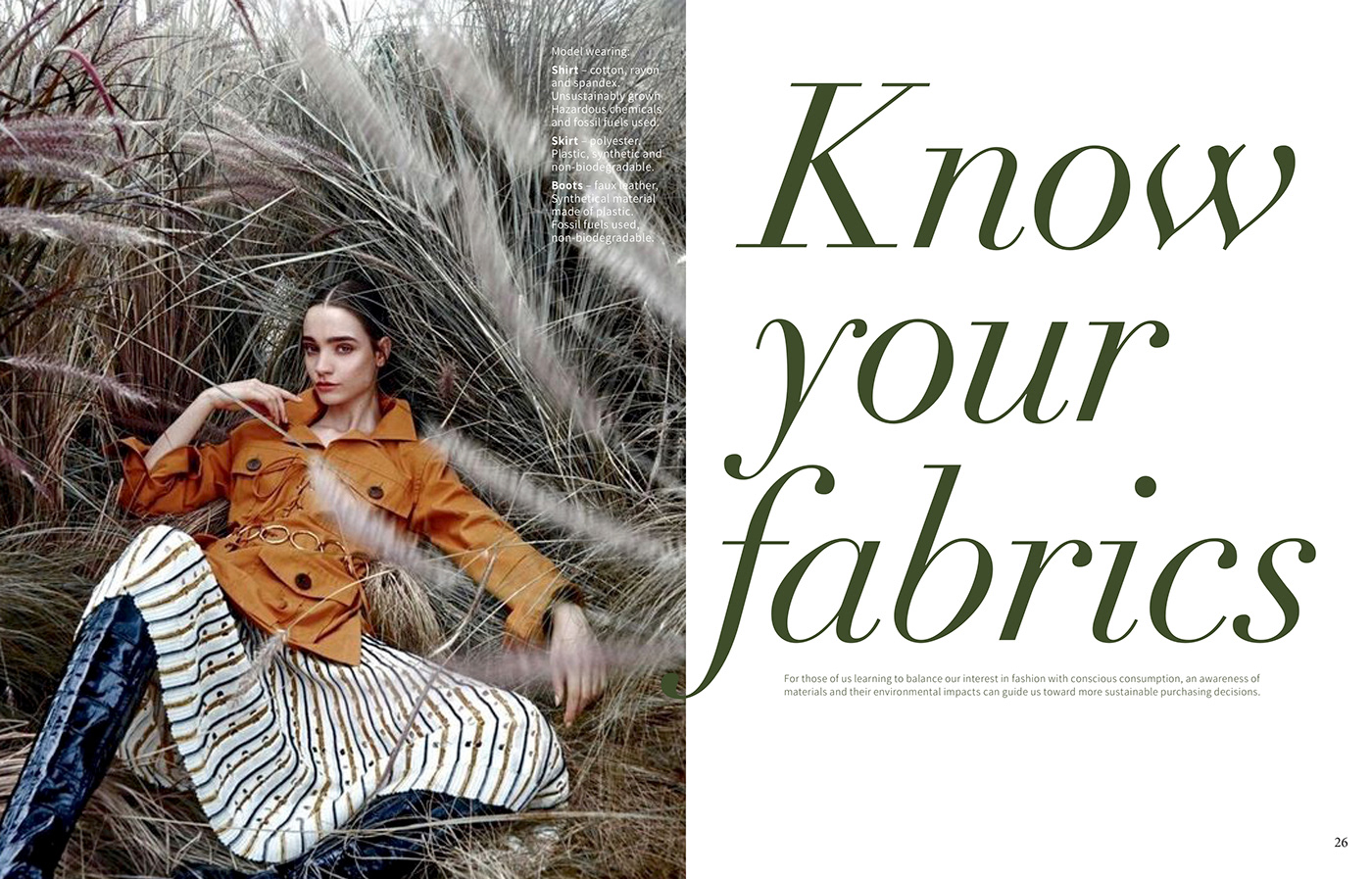
EXPOSED - The Dark Side of Fashion Industry
Context
Shopping has become a widespread pastime, a powerfully pleasurable and sometimes addictive activity that exists as a constant hum in our lives, much like social media. The internet and the proliferation of inexpensive clothing have made shopping a form of cheap, endlessly available entertainment.
New deliveries to stores are frequent, which means customers always have something new to look at and want. Zara stores famously gets two new shipments of clothes each week, while H&M and Forever21 get clothes daily. These brands are notorious for knocking off high-end designers, allowing the customer to get something at least superficially similar to the pricey original at a small fraction of the cost, and they’re priced lower than the rest of the market, making their products feel like a bargain. The low costs mean people can buy things they don’t need without much thought.
The role of the global apparel and footwear industries has shifted far beyond meeting a basic human need. It is estimated that each year we consume 80 billion pieces of clothing, while an average American woman owns $550 of unworn clothes.
The Council for Textile Recycling estimates that Americans throw away 70 pounds of clothes and other textiles each year.In the meantime, secondhand stores receive more clothes than they can manage and landfills are overstuffed with clothing and shoes that don’t break down easily.
Producing this volume of materials year after year strains the planet, both in terms of the natural resources use and environmental impacts like pollution and waste. The apparel industry’s climate impact is expected to increase 49% by 2030, meaning that the apparel industry alone will emit 4.9 metric gigatons of Carbon Dioxide Eq. That is nearly equal to today’s total annual US greenhouse emissions.

Problem Statement:
The“FastFashion” industry is unsustainable and unethical. It operates on non-renewable resources and violates human rights of garment workers. It encourages overconsumption and wastefulness in consumers. The system is broken, and we must start questioning its realities.
Hypothesis:
As consumers, we need to start asking questions about the brands we support and the impact it makes on our environment and society as a whole. Change needs to come from us. My goal is to bring awareness and educate people about the realities of the industry, and consequently, to challenge fashion brands to do better.

What is Fast Fashion?
Here is a list of main characteristics of Fast Fashion brands:
- Short production and distribution leadtimes that enable a close matching of supply with uncertain demand
- Trendy product designs that come out as often as every week and are made to go out of fashion fast
- Lower quality, higher volume, lower prices
Why are we buying into it?/Consumerism and Capitalism/
Monopoly power and advertising are intended as a form of manipulation, and interact to manufacture individual identities. Exploiting their monopoly power, firms manipulate the preferences of consumers through advertising, in order to create new (false) needs, often for ”conspicuous consumption.”
As a consequence, profits increase and consumer spending rises, to the point where consumers enter a“workand spend cycle,” where they reduce the time devoted to leisure activities. Leisure itself is transformed into a form of consumption. As a consequence, consumers’ judgements of taste are socially determined through the influence of cultural capital. (Source)
Initial Moodboard:

After exploring a typographic direction, I decided to go for a classic fashion look — the one that automatically associates with high fashion. I used a Sans Serif type with high contrast, and used typography as the main focus to attract attention to the content. The final deliverables included a magazine, a video, a website, and a social strategy.
I was inspired by Caravaggio’s painting style, with the high contrast and dramatic lighting, and was trying to look for photography that gives off a similar vibe, and keeping my typography bold and with high contrast and impact. The colors were also inspired by the neutral but strong tones of Caravaggio’s paintings.

Logo Sketches:


Booklet Sketches:







Social Strategy
The goal of the social media content was to bring awareness to the slow fashion movement, call for more transparency from fashion brands, and inspire consumers to come together and discuss the issues relates to sustainability and ethics in the fashion industry.

Analyzing competitor’s success:
From looking at the Fashion Revolution Instagram Page, I realized that audience wants to see meaningful posts that are educational and bringing change. Most successful posts based o the number of likes are posts about real change that the organization is petitioning or otherwise introducing. Like the photo of “consumer survey” with hashtags #blackfriday #whomademyclothes #tradefairlivefair and singing a petition about the safety of factory workers in Bangladesh.
Target Audience
Fast Fashion consumers in America, Canada, and the UK. Young adults who are purchasing cheap clothes in stores like H&M, Zara, Topshop, Uniqlo, Fashion Nova, Forever 21 etc.
Social Media influencers, high school and college students, people who are targeted by fast fashion brand advertising, millennials who are affected by social media and online marketing.
Consumers who buy trends over timeless fashion, want to spend less and have more items. Rarely wear each of their clothing items, and throw away clothes often.

Hashtags to be Used: #ExposedFashion #ItsNotPretty #QuestionTheRealities
Link to the Instagram Account: Exposed Fashion (@ex_posed_fashion)






